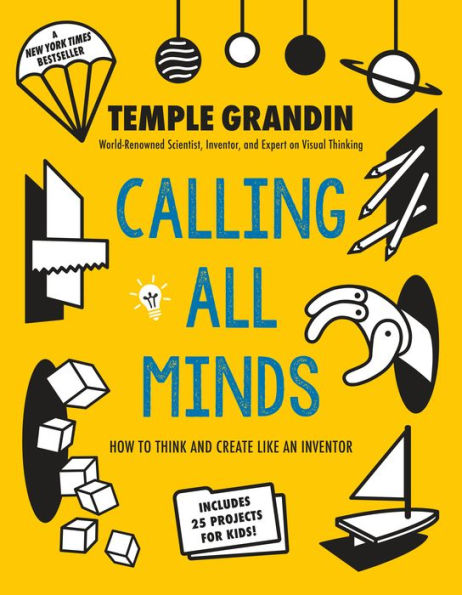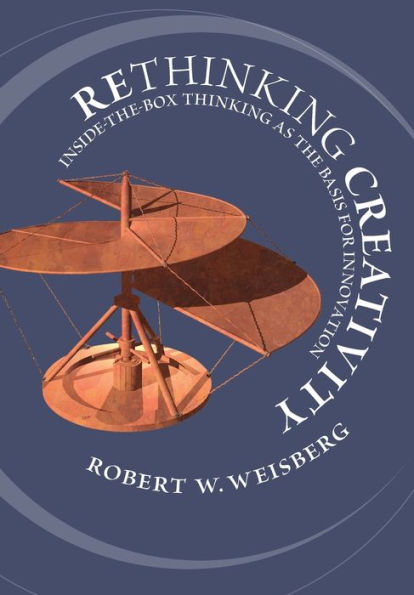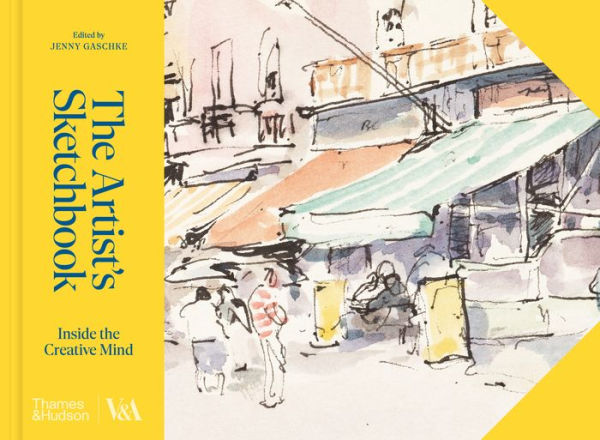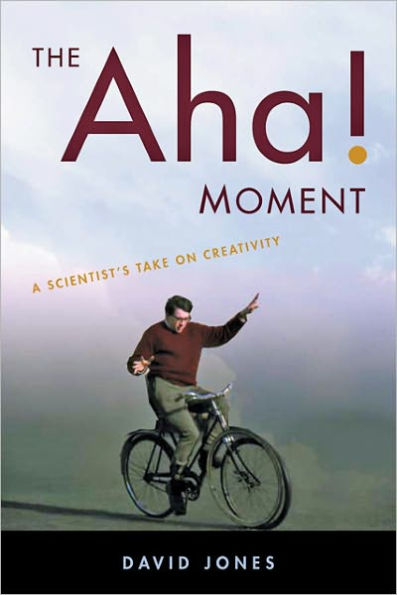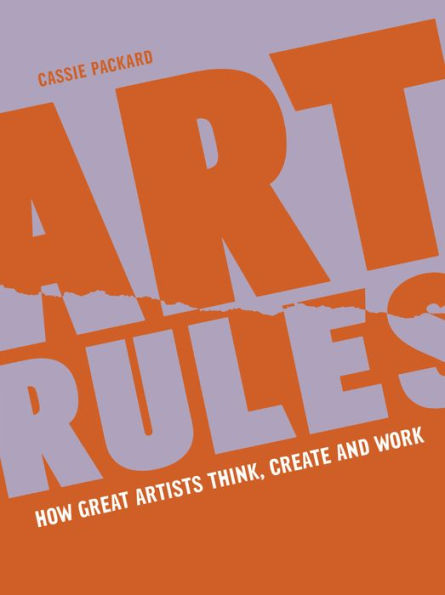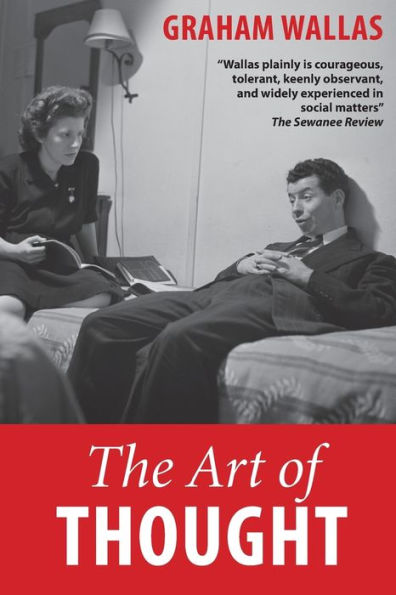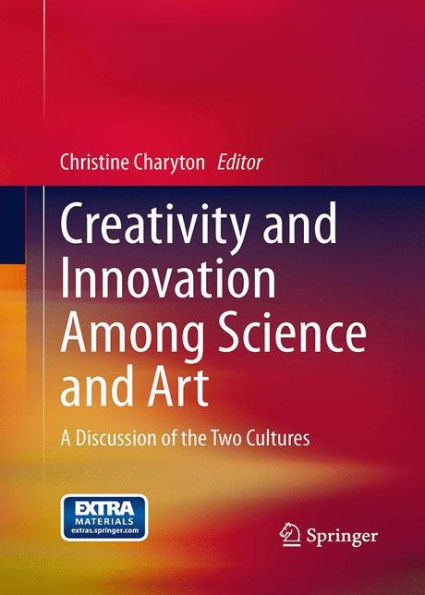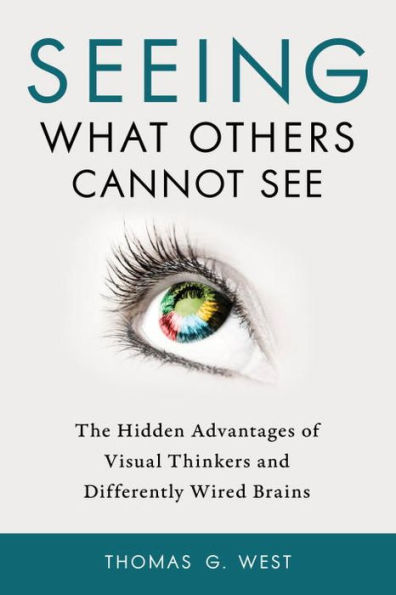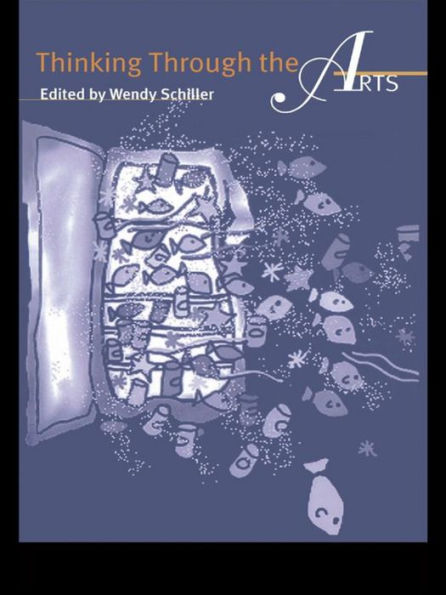Home
Rethinking Thought: Inside the Minds of Creative Scientists and Artists
Barnes and Noble
Rethinking Thought: Inside the Minds of Creative Scientists and Artists
Current price: $84.00
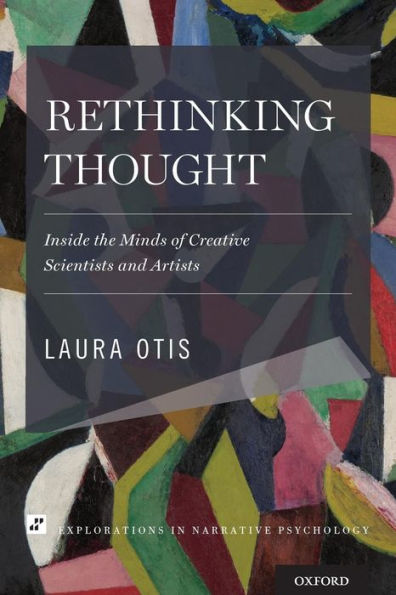

Barnes and Noble
Rethinking Thought: Inside the Minds of Creative Scientists and Artists
Current price: $84.00
Size: Paperback
Loading Inventory...
*Product information may vary - to confirm product availability, pricing, shipping and return information please contact Barnes and Noble
takes readers into the minds of 30 creative thinkers to show how greatly the experience of thought can vary. It is dedicated to anyone who has ever been told, "You're not thinking!", because his or her way of thinking differs so much from a spouse's, employer's, or teacher's. The book focuses on individual experiences with visual mental images and verbal language that are used in planning, problem-solving, reflecting, remembering, and forging new ideas. It approaches the question of what thinking is by analyzing variations in the way thinking feels.
Written by neuroscientist-turned-literary scholar Laura Otis,
juxtaposes creative thinkers' insights with recent neuroscientific discoveries about visual mental imagery, verbal language, and thought. Presenting the results of new, interview-based research, it offers verbal portraits of novelist Salman Rushdie, engineer Temple Grandin, American Poet Laureate Natasha Trethewey, and Nobel prize-winning biologist Elizabeth Blackburn. It also depicts the unique mental worlds of two award-winning painters, a flamenco dancer, a game designer, a cartoonist, a lawyer-novelist, a theoretical physicist, and a creator of multi-agent software. Treating scientists and artists with equal respect, it creates a dialogue in which neuroscientific findings and the introspections of creative thinkers engage each other as equal partners.
The interviews presented in this book indicate that many creative people enter fields requiring skills that don't come naturally. Instead, they choose professions that demand the hardest work and the greatest mental growth. Instead of classifying people as "visual" or "verbal," educators and managers need to consider how thinkers combine visual and verbal skills and how those abilities can be further developed. By showing how greatly individual experiences of thought can vary, this book aims to help readers in all professions better understand and respect the diverse people with whom they work.
